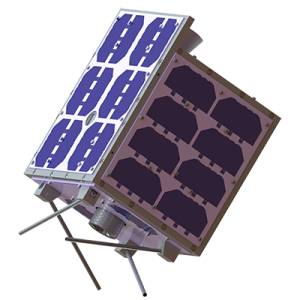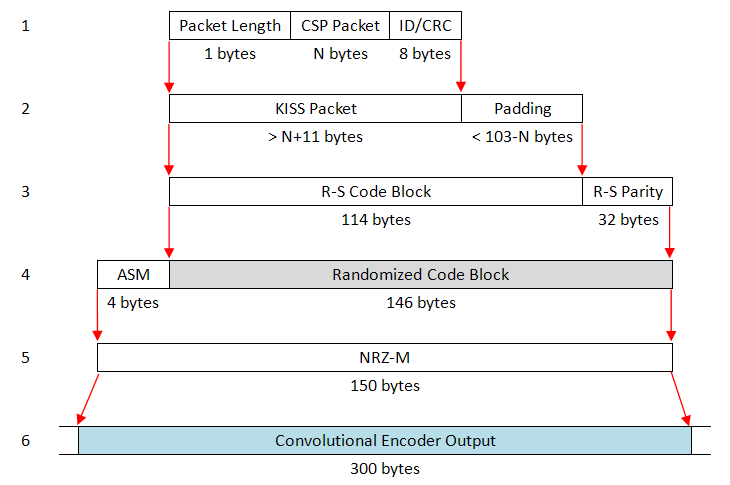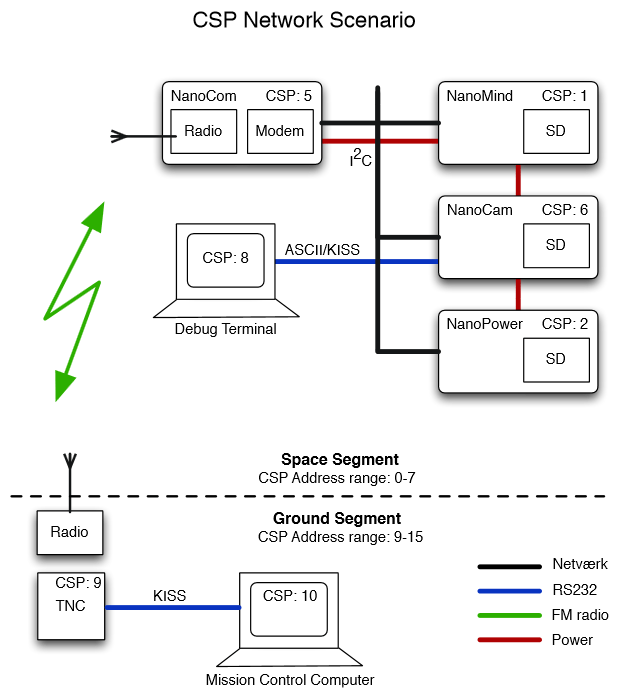 LilacSAT-2
LilacSAT-2
Mission
Lilac series of small satellite project is funded by the Harbin Institute of Technology, University of satellites developed a series of micro-nano-led satellite project. Since the project began in 2011, there are currently lilac One, lilac II two satellites in the research. From students to develop perspective, the project development team used were students, teachers, supplemented by composition structure, while developing transport members to the project team by HIT School of Astronautics and the Harbin Institute of Technology Amateur Radio Club. Training students in the completion of the project but also accumulated some experience to explore the prospects micro and nano satellites.
Orbital parameters
Name lilacsat-2 NORAD 40908 COSPAR designation ? Inclination (degree) ? RAAN ? Eccentricity ? ARGP ? Orbit per day ? Period ? Semi-major axis ? Perigee x apogee ? Drag factor ? Mean Anomaly ?
Downlink
437.200 MHz FM repeater and 9600bps BPSK
437.225 MHz FM 4800 GMSK
Uplink
144.350 MHz FM repeater
Call
TLE
LILACSAT-2 1 40908U 15049K 15270.44171728 .00001883 00000-0 11424-3 0 9994 2 40908 97.4656 278.4392 0015488 216.7153 275.8422 15.11645038 1124
Telemetry
Receiving telemetry data parsing format
CSP protocol using satellite telemetry data transmitted. CSP protocol (CubeSat Space Protocol, cube satellite space protocol) was originally developed by the University of Aalborg, Denmark AAUSAT2 team, is an open source, lightweight transport protocol. The way it works is similar to the Internet TCP (CSP connection-oriented mode) / UDP (CSP oriented connectionless mode) protocol. Use CSP protocol, lilac 2 satellite to achieve the inner star, integrated satellite to ground communications. CSP protocol different devices, different applications use different node number (similar to IP address) and port number for communication, for example, lilac 2 satellite is the 16th A computer node, and control the transceiver B is the 19th node, and the ground station Web node (the 5th) uses the 16th port to receive telemetry data. If we receive a source for the 16th node, the purpose of the 16th 5-port packet nodes, that it must be sent to the ground computer Web node telemetry packages. Web node parses the packet processing, it can be displayed in real-time satellite telemetry information release page.
In order to make CSP package for wireless channel, it needs to be some process.
Channel coding, also known as error correction coding, it can take advantage of redundant information in the data added to the error occurred in certain mathematical rules to correct the transmission process, improve the given channel of transmission efficiency. No. lilac 2 satellite use CCSDS standard cascade code, including rate 1/2, constraint length 7 convolutional code and truncated (223, 255) where – the code, this encoding scheme was first used in NASA The “Voyager” series detectors, the random error generated by the thermal noise and shadowing, multipath and other produce have better burst error correction capability. In addition to channel coding, but is used to determine the starting position of the frame synchronization word (ASM) and is used to scramble the data randomization also used CCSDS standards.
Use CCSDS standard telemetry downlink channel coding (Cascade code), sync word and scrambling, coding structure as shown below.

Convolution code is mainly used to correct random errors, lilac No.2 use CCSDS standard (1/2, 7) convolutional code, the following parameters:
Rate: 1/2;
The constraint length: 7;
Coding polynomial: G1 = 1111001, G2 = 1011011;
Symbol negated: G2 output negated.
Convolutional code encoder diagram is shown below.

RS code main user to correct burst errors. No. 2 satellite use CCSDS standard lilac truncated (255, 223) RS code parameters are as follows:
J = 8
The error correction capability: E = 16
Interleaving depth: I = 1
Synchronize
No. lilac 2 satellite using 32 sync word 1ACFFC1D.
Scrambling sequence used to randomize the source and the auxiliary bit synchronization. Lilac scrambler polynomial 2 satellite used are:
h (x) = x 8 + x 7 + x 5 + x 3 +1
CSP Cubesat Space Protocol
A key distinguishing feature of the architecture is the use of the CSP a service oriented network protocol implemented on all the subsystems and extending transparently across the space link to the ground segment. CSP is developed in collaboration between Aalborg University and GomSpace and is available as open source.
This “mission internet” provided by CSP, and the design philosophy behind it, makes it very easy to integrate and test systems – the process is referred to as “One- Step Integration” and offers much more flexibility than a typical star-topology with the OBC (On-Board Computer) in the middle as the facilitator of all communication.
With CSP, all subsystems are autonomous nodes that can access and command resources available on the network. Further “virtual subsystems” exists such as e.g. the system-wide logging service that is a software task on the OBC with its own network address.

Source: JE9PEL
Gomspace CSP information
Status
Launched and active.
Homepage and other references:
